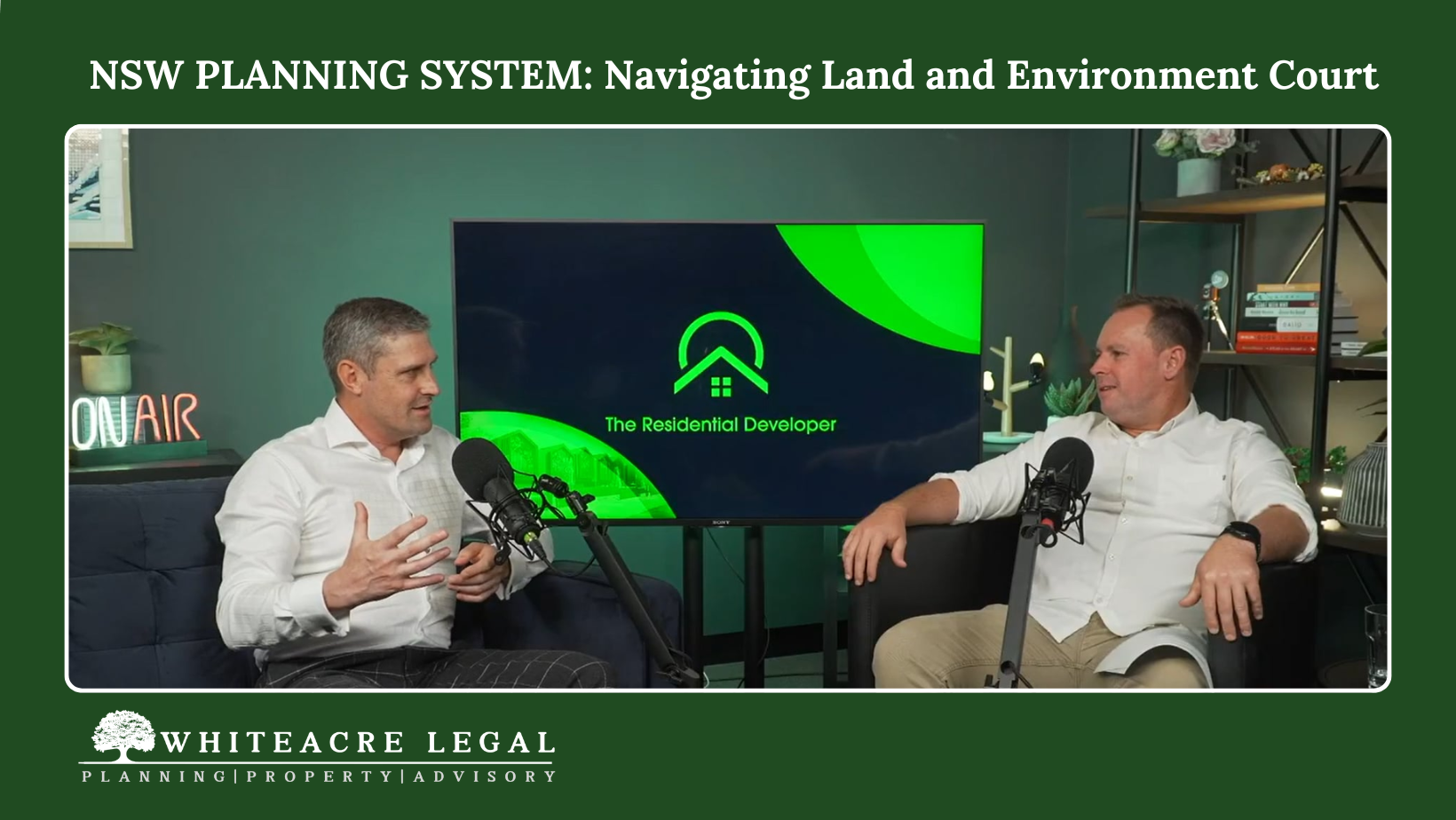NSW Biodiversity Laws Review
Legislation in NSW aimed at protecting biodiversity is not working. The current system is complex and there are many reasons for failure. This article considers recent review of the NSW biodiversity legislation.
Introduction
The NSW Government has recently responded to statutory reviews of the Biodiversity Conservation Act 2016 (‘BC Act’) and Local Land Services Act 2013 (‘LLS Act’).
The NSW Government has committed to:
- Reforming the biodiversity offsets scheme;
- Stopping excess land clearing;
- Strengthening food and fibre production;
- Improving the protection and restoration of the environment;
- Setting nature on a path to recovery, through a repair and regeneration model; and
- Partnering with Aboriginal communities.
Biodiversity Conservation Act
The review of the BC Act found that it did not meet the purpose of ‘maintaining a healthy, productive, and resilient environment, and is never likely to do so’. The NSW Government has emphasised the need to rewrite the objects and structure of the BC Act. It intends to amend and strengthen the application of ecologically sustainable development, review other relevant legislation, and improve reporting on government biodiversity impacts and outcomes. Further commitments are grouped under six key pillars of reform.
1. Nature Positive Strategy
- This includes preparing and publishing a legally enforced NSW Nature Strategy with conservation and restoration goals and targets.
- The strategy will guide investment and action to protect ecosystems and landscapes across tenures.
2. Nature Positive Spatial Tools
- The Government will map areas of current and future high biodiversity value.
3. Nature Positive Development
- The Government will amend the BC Act to require the Biodiversity Offsets Scheme to transition to overall ‘net positive’ outcomes. Currently, proponents must meet a lower threshold of ‘no net losses’.
- Proponents will be required to demonstrate how they have genuinely avoided minimised biodiversity impacts. This will be supported by a public register of appropriate measures for developments.
- Investment in the Biodiversity Credits Supply Fund will continue.
- The Government will increase the efficiency and transparency of the Biodiversity Offsets Scheme, to better balance the application of this scheme with biodiversity risks.
4. Species and Ecosystem Recovery
- Improvements will be made to species and ecosystem programs and conservation initiatives.
5. Data-informed decision-making
- A natural capital accounting framework will be established to inform government decision-making.
6. Leveraging private investment
- Focus will be placed on building landholder capacity and boosting participation.
- This includes diversifying and expanding investments and leveraging existing programs such as Landcare and the Biodiversity Conservation Trust.
- Methodologies for natural capital activities and accounting will be developed.
Local Land Services Act
A review of the LLS Act affirmed its aims. It highlighted, however, the need for improved practical outcomes. The NSW Government intends to implement the recommendations made in the statutory review of the Act. This includes commitments to:
1. Strengthen protections in Code-based clearing
- Amending the Land Management (Native Vegetation) Code 2018 to reduce areas approved to be cleared.
- Strengthening the prescriptions for managing invasive native species.
- Specifying environmental management requirements for retained areas under the Pasture Expansion (Mosaic Thinning) provisions.
- Removing discounts for set-aside areas.
- Re-introducing a cap on equity clearing.
- Increasing notification and certification requirements.
2. Better manage environmental risks
- Improving administration and outcomes of authorisations to manage environmental risk.
- Developing a risk-based framework for responding to major climatic events.
3. Reduce unallocated clearing
- Reviewing the policy options for improving outcomes for areas containing predominantly non-woody vegetation.
- Initiating a review into the further protection and restoration of biodiversity in regional landscapes.
4. Expand and support incentives for landholders
- Strengthening education and extension services for landholders.
- Expanding incentives.
5. Improve transparency and awareness of the Land Management Framework
- Improving monitoring, evaluation, and reporting.
- Net-change monitoring and reporting on woody vegetation loss and regrowth on rural regulated land.
- Collaborating with local governments to reduce the risk of allowable activities being misused for non-agricultural clearing.
Key Takeaways
- Significant changes to biodiversity legislation, particularly the BC Act, can be expected.
- The Biodiversity Offsets Scheme will undergo major reform.
- Stricter application of the LLS Act will aim to reduce land clearing.
- Future projects in NSW will increasingly focus on biodiversity impacts.
The requirements under the BC Act can be complex and challenging for developers. We are currently assisting several landowners in establishing biodiversity stewardship sites resulting in the improvement and protection of significant areas of bushland and biodiversity. For developers and landowners alike the NSW scheme is complex and expensive. There are many potential pitfalls.
Disclaimer
The contents of this article are a general guide and intended for educational purposes only. Determination of the types of issues discussed in this article is complex and often varies from case to case and involves an understanding of matters of fact and degree. Opinions on those matters can vary and be matters on which reasonable minds may differ.
DO NOT RELY ON THIS ARTICLE AS A SUBSTITUTE FOR COMPETENT LEGAL ADVICE.
Require further assistance? please do not hesitate to call us on (02) 9145 0900 or make an enquiry below.
Browse by categories

Servicing all of NSW, Whiteacre provides expert property law and planning and environment law advice and assistance.
✓ Planning Law Advice
✓ Land and Environment Court Appeals
✓ Voluntary Planning Agreements and Contributions
✓ Development Control Orders and Enforcement
✓ Property Development Advice and Due Diligence
✓ Title Structuring
✓ Easements and Covenants
✓
Strata and Community Title legislation
Book an initial consultation through our website with our planning law solicitor. Whether it's about planning and environment law or property law, you can approach us and discuss your matter to make sure we are a good fit for your requirements.


































